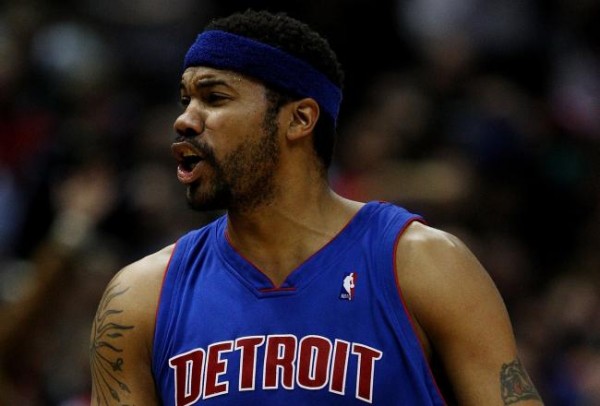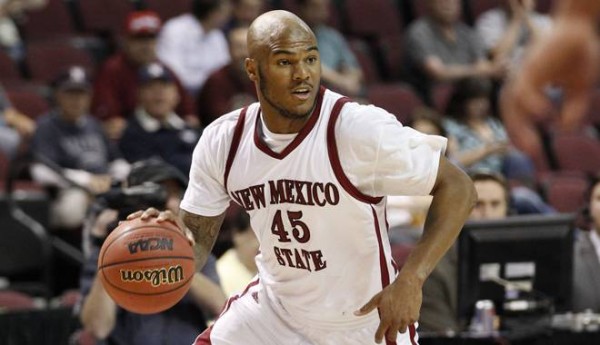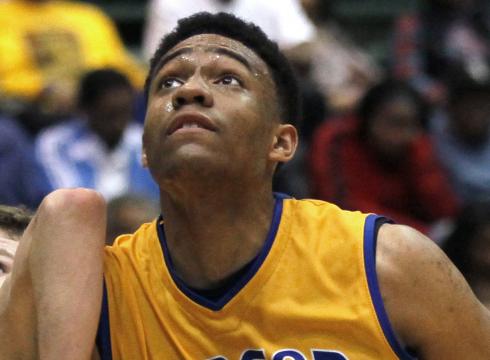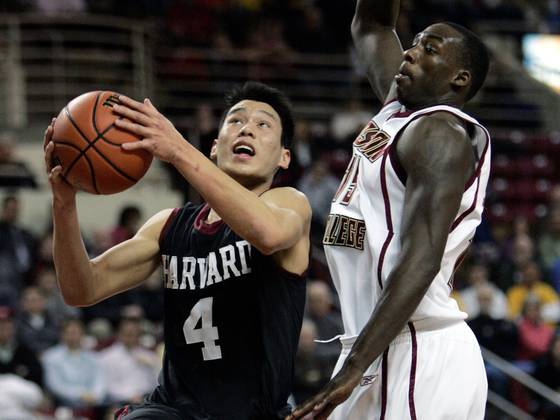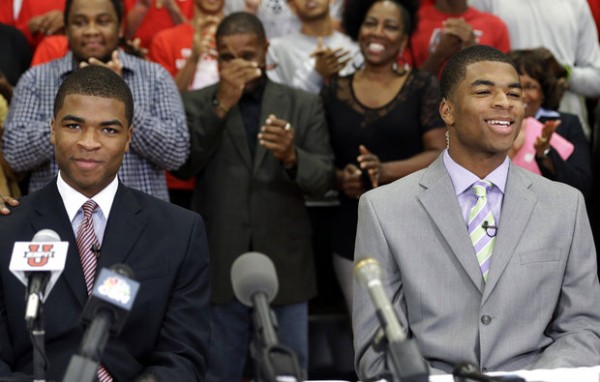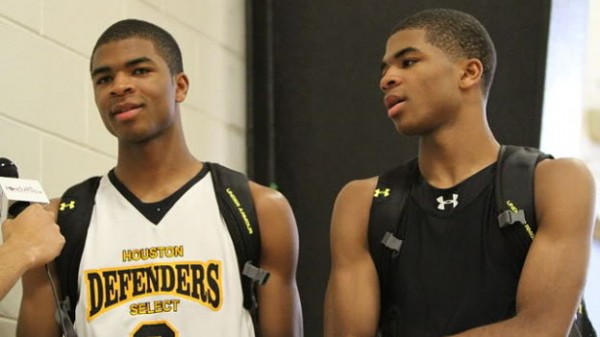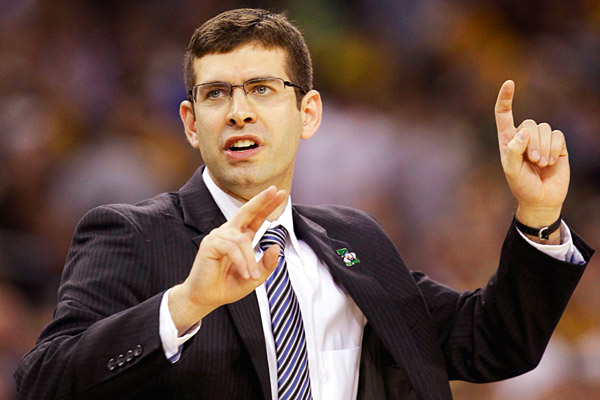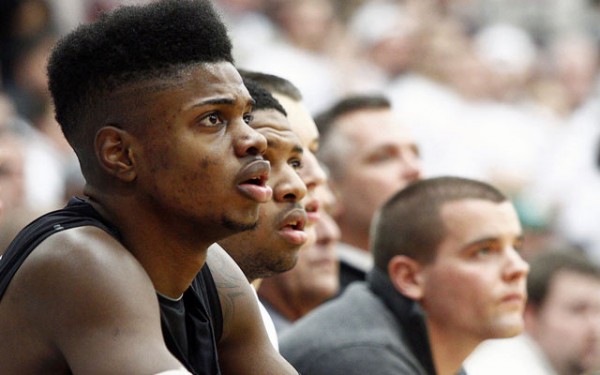Trevor Mbakwe’s DWI Again Raises Major Character Issues: Can He Survive the Season?
Posted by Chris Johnson on October 15th, 2012Expectations run high at Minnesota under sixth-year head coach Tubby Smith. For the first time in Smith’s tenure, the Gophers have a team capable of competing at the upper reaches of Big Ten competition. Point guard Julian Welch returns to pilot a balanced offensive attack. Austin Hollins provides an energetic presence on both ends of the floor. Unrelated Andre Hollins, fresh off a breakout performance in the Big Ten Tournament, is ready for bigger and better things in 2012-13. Future NBA forward Rodney Williams offers an explosive brand of athleticism mostly unseen throughout the Big Ten. This is a very good team. Believe it. But if there’s one development that demonstrably thrusted Minnesota onto the national radar this offseason, one personnel boost that gives the Gophers just enough to get over the hump, it’s Trevor Mbakwe, whom the NCAA announced over the summer has earned a sixth year of eligibility and will play out his final season in Minneapolis this winter. For Gophers fans, what matters is how the senior forward will perform this season, and how his return will help their chances of reaching the NCAA Tournament. But Mbawke’s history is long and complex, a quarrelsome tale of transfer and injury and violations.
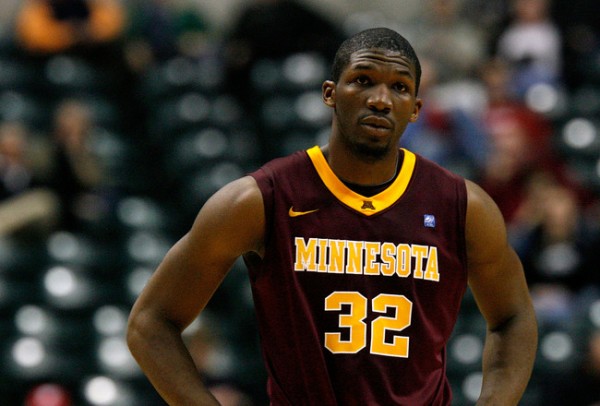
After another criminal misstep, Mbawke skated the outer boundaries of Smith’s disciplinary tolerance (Photo credit: Chris Chambers/Getty Images).
I raise this issue because it relates to Mbakwe’s status for the upcoming season. More importantly, his troubled past is a huge reason why, after pleading guilty in September to a DWI committed in July, Mbakwe almost saw a promising sixth season – and an even more promising one for the Gopher program more broadly – end before it began. Smith very nearly booted Mbakwe from the team after learning of his summer transgression, which was just the latest in a repeated history of brushes with the law. Following his 2009 transfer to Minnesota from Miami Dade (FL) Community College, his second such switch after leaving Marquette in 2008, Mbakwe sat out the 2009-10 season due to legal complications surrounding an assault case while simultaneously fending off an allegation that he violated a restraining order by contacting an ex-girlfriend on Facebook. Court officials settled on a no-contest plea in the assault case, but Mbakwe pled guilty to the harassment charge and was sentenced to one year of probation in February. The DWI settlement violated that probation, which means Mbakwe faces another hearing in Miami on Wednesday. Whatever the outcome of his next legal stopping point, Mbakwe’s actions have tested the limits of Smith’s tolerance for his behaviors.






























